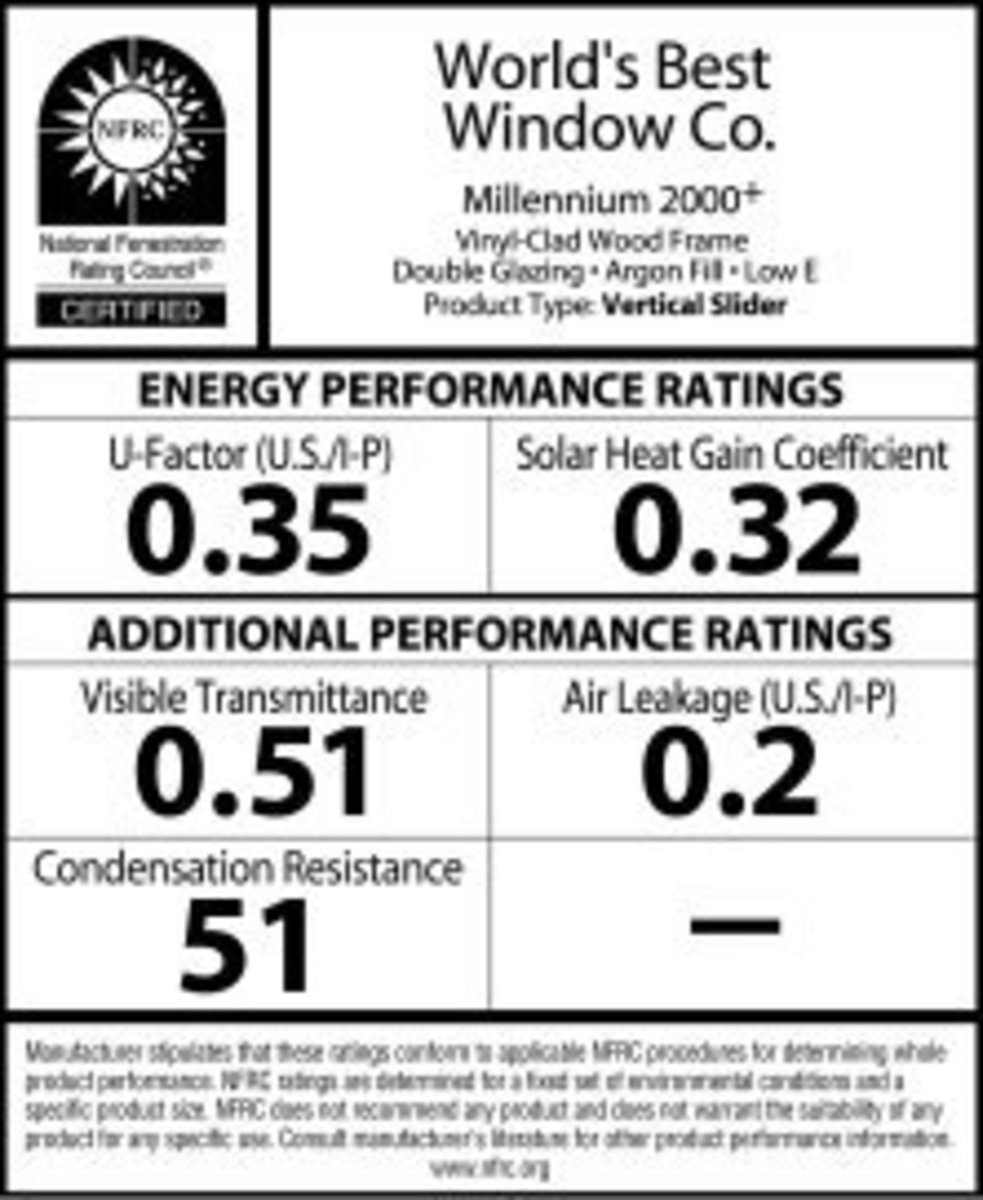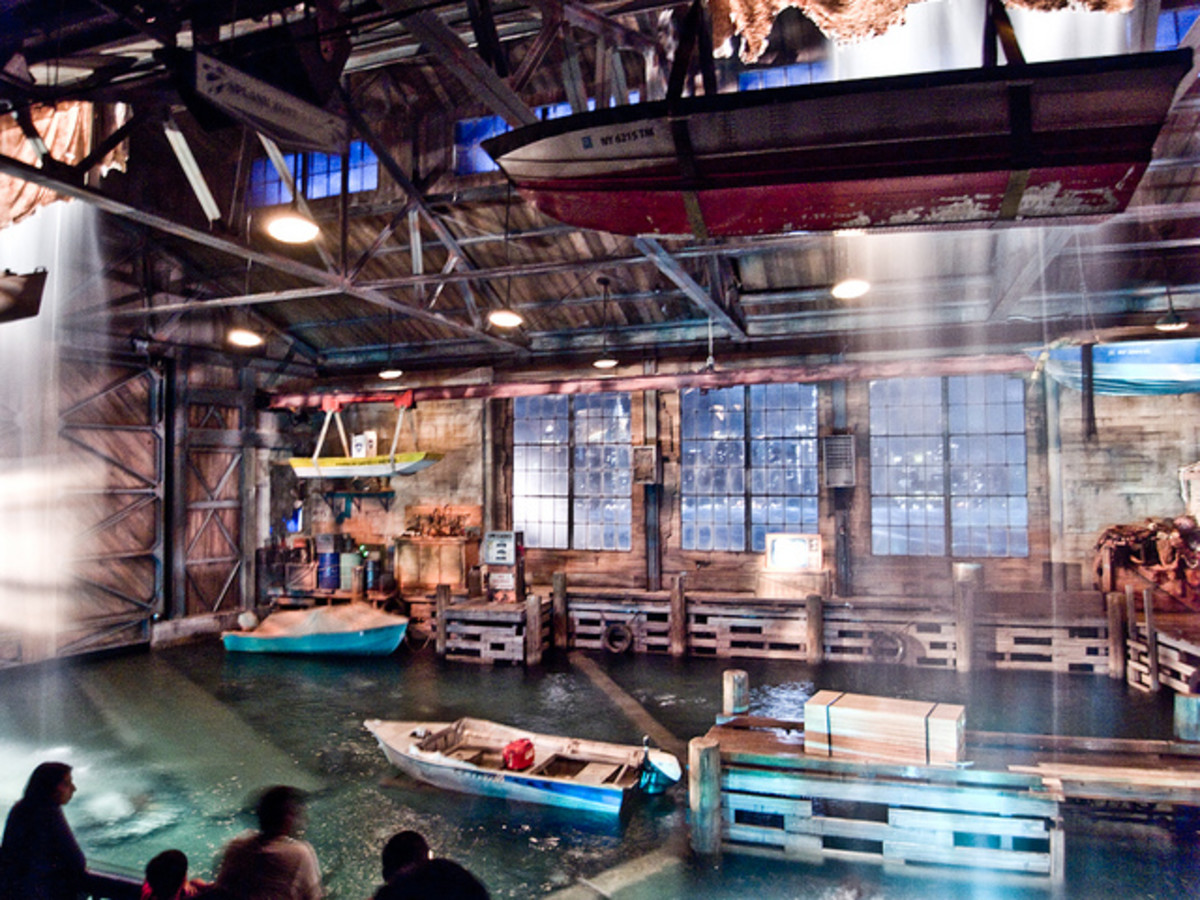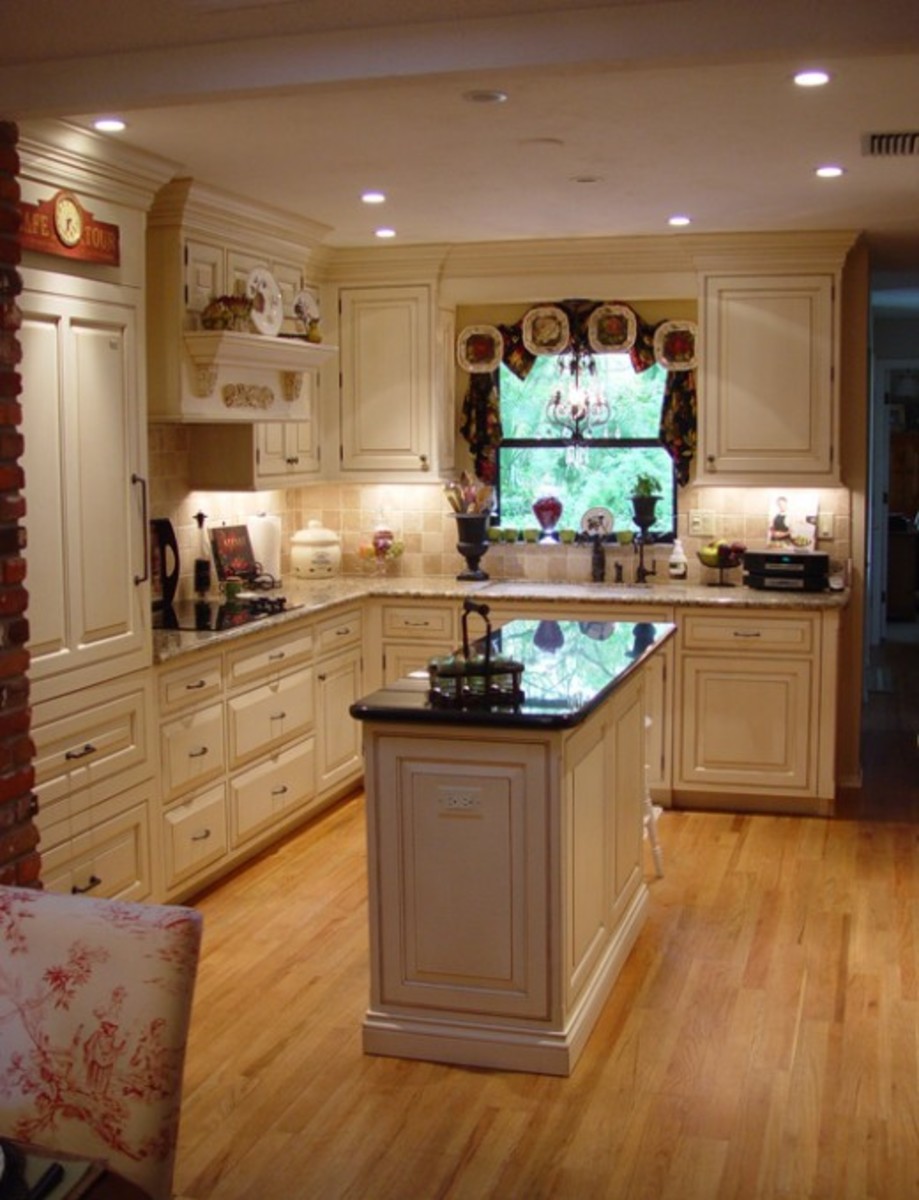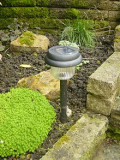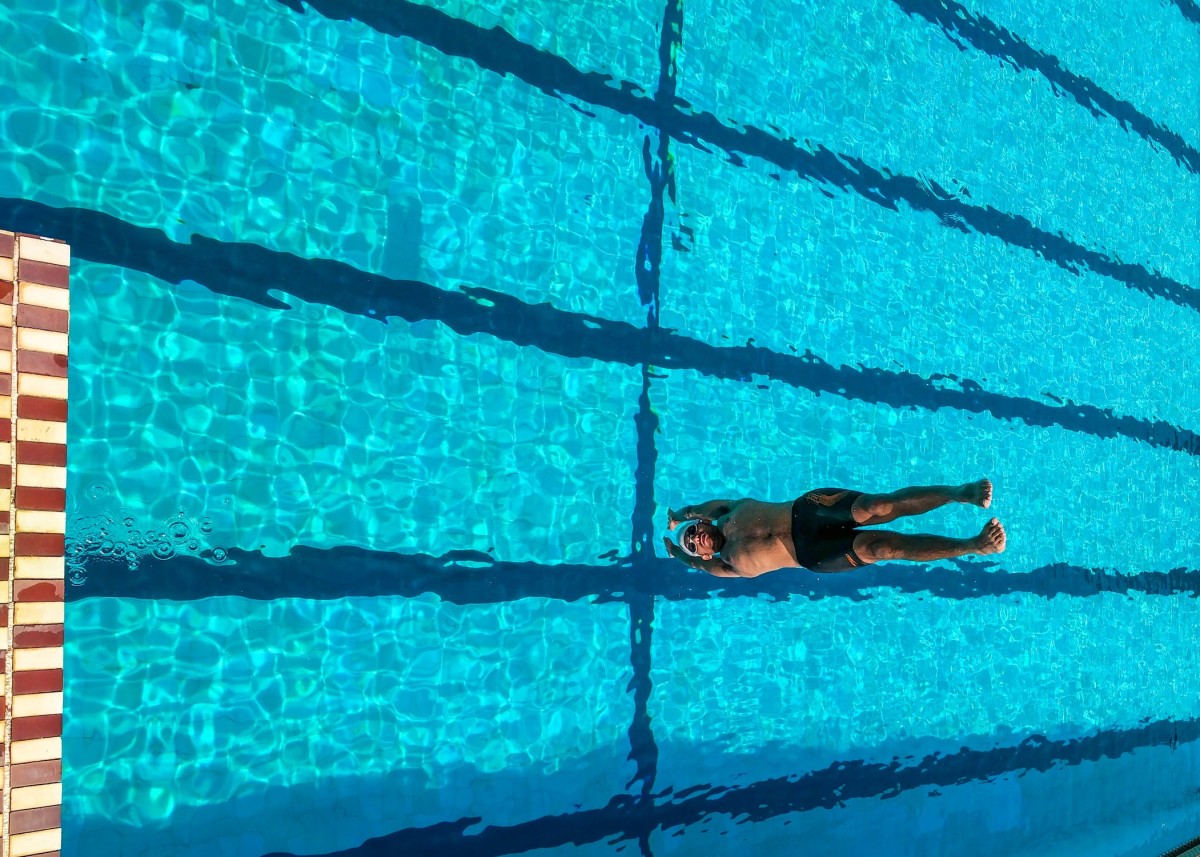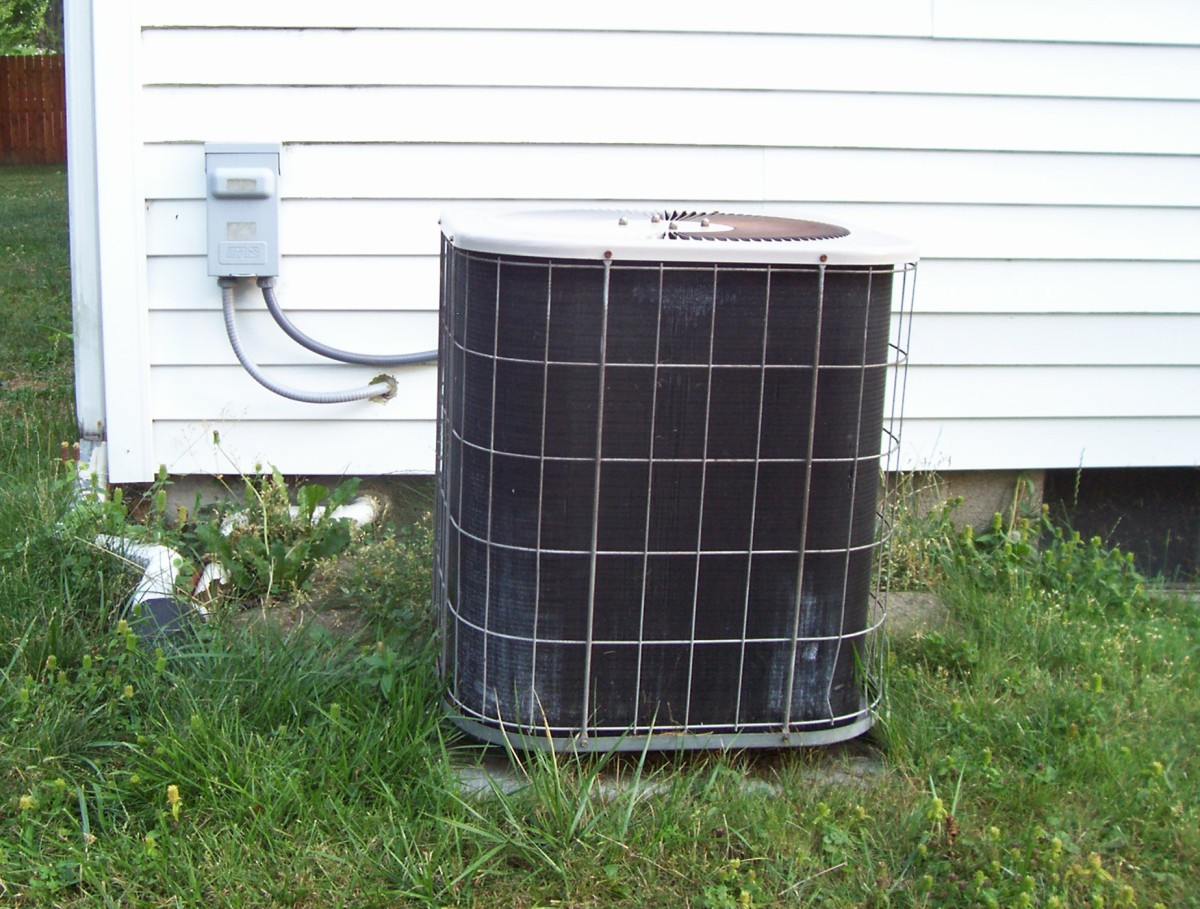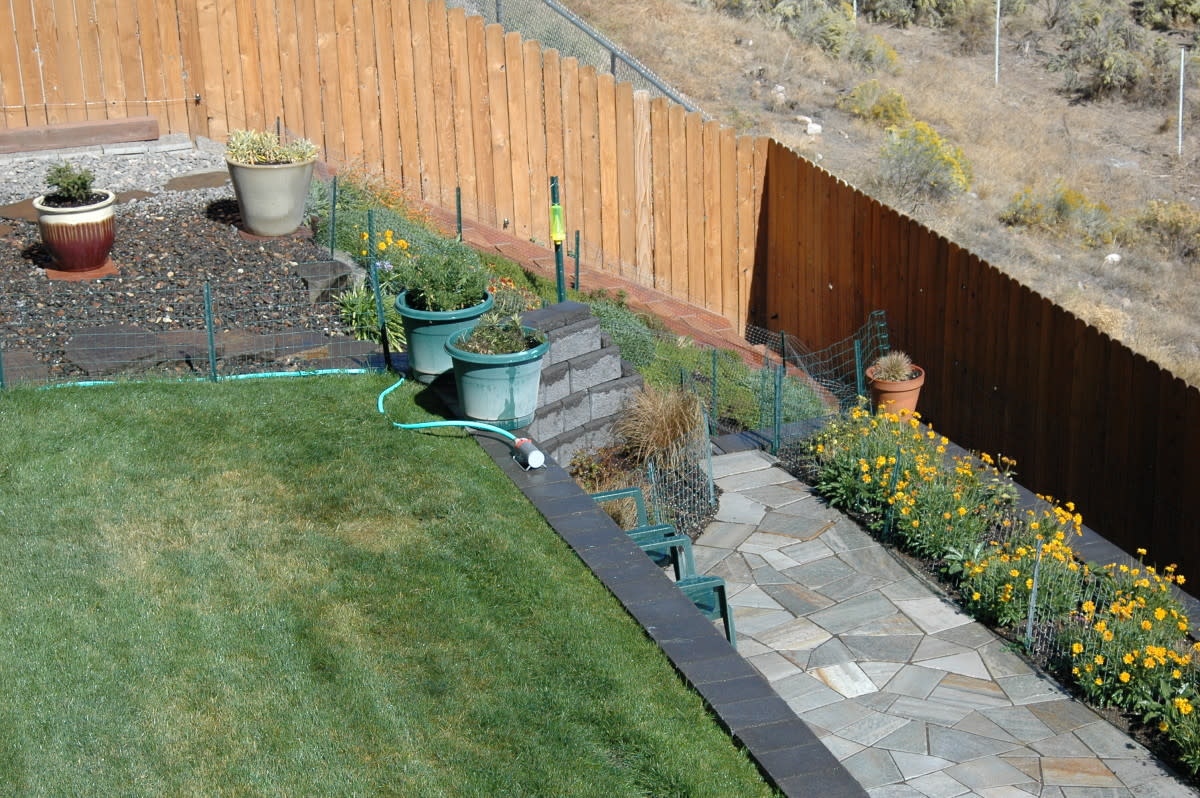How to Choose the Right Outdoor Lighting

The right landscaping can heighten curb appeal and add to the value of your home. Business owners know that having a nicely landscaped property can attract customers and even deter crime.
As you design your landscape, don't forget about lighting. A carefully planned outdoor lighting design plan can help transform your home's exterior spaces and showcase the elements of your landscape.
There are so many different types of lighting out there, with fixtures and features to fit every design style. This is a good thing overall, since it's great to have so many choices. Lighting expenses can add up quickly, though, so don't just start buying any until you're sure about what would best suit your property, your taste, and your lifestyle.

Things to Think About Before You Buy
Don't go in blind. Uneducated consumers make regrettable purchases. We've all been there, but we don't have to go back again. Take a moment to map out your plans for lighting up your home and property before you start shelling out any cash.
Ask yourself some questions about what you want from your landscape lighting.
- Do you want to take on your entire property all at once, or would you rather work on one area at a time?
- What does the area you are working with look like? You may want to draw (or use software to design) a blueprint of your property and landscape features to help you create your plans.
- Are you concerned about the ecological impact of your lighting system?
- Do you want to integrate safety and security features into your outdoor lighting design?
- What is your budget? This is a big deal, because it's easy to spend more than you planned on if you go in without first imposing some spending limitations on yourself.
- What is your style? Rustic, contemporary, artsy? Do you plan to integrate a certain theme into your landscape lighting design?
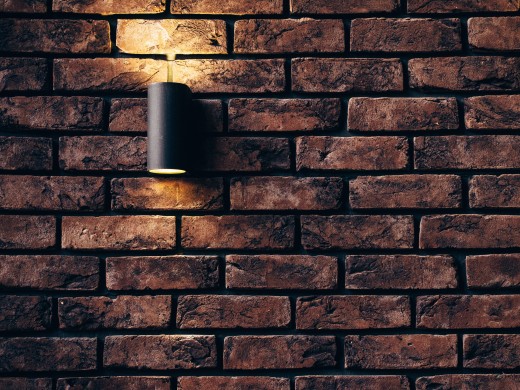
Finding Your Lighting Design Style
Only you know what your individual style is...or do you? Maybe you already have an idea of the type of light fixtures you like best. If not, it may help to consider where your tastes falls within the following styles. This doesn't mean you have to limit yourself to pieces that fall within a certain category. Knowing what style you lean toward can just be a nice way to narrow down your choices - and helpful in communicating more effectively with a lighting or design expert.
Rustic Rustic lighting has a sort of natural or "country" vibe. Rustic fixtures often feature weathered-looking finishes and ornate designs. If you enjoy the aesthetic of old-fashioned objects, rustic may just be the way to go. There are levels here. Some rustic lighting falls squarely into the kitschy category (antler chandeliers, anyone?) Other rustic lighting takes on a more sophisticated tone.
Modern/Minimalist Lighting from this category will be sleek and simple. This is for you if you like crisp, clean lines and favor order over chaos. Modern fixtures can compliment an updated home or even provide a fun and artistic contrast outside an older-looking one. If you are serious about minimalism and hate clutter of any kind, focus on "invisible" lighting that illuminates without an obviously visible fixture. Modern lighting can help showcase your landscape design without clashing with or overpowering it.
Trendy These are the funky and fun fixtures. Many fashion designers have moved in to the home décor arena, lending their artistic talents and creative ideas to the industry. The result is a new generation of outdoor lighting that is bold and stands out. If you love art and design, with taste that favors the extraordinary, explore designer lighting options.
Energy Efficient As categories do, these ones often overlap and you may find a trendy light set that could also be called modern. Similarly, energy efficient lights can be found meeting any style criteria you're looking for. These days, you really have your pick of power bill friendly lighting kits. More on these below.
Functional This would include floodlights, motion-lights, and other lights that serve a more utilitarian purpose than enhancing the aesthetic of your yard. Of course, you can easily find style and beauty in some of the utilitarian light fixtures available on the market today. Again, the choices are virtually limitless.
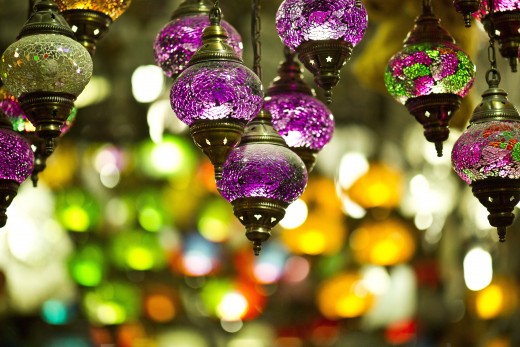
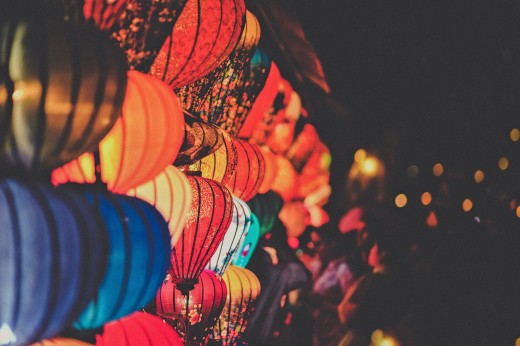
Energy Efficient Options
The options for energy efficient landscape lighting have really expanded over the last few years. Here are the most popular choices for adding an eco-friendly (and money-saving) factor to your outdoor area.
Solar As you're probably already aware, these kind of lights are powered by the sun. Solar powered light fixtures have really come a long way in recent times, and the small solar panel affixed to most models is hardly noticeable. Installation is simple, since there are no wires to plug in (or hide). The absence of cords or plugs allows a lot of freedom of placement, as well. A limiting factor, however, is that solar powered fixtures must be put in an area where they will absorb enough sun during the day to run at night. Check the specifications on the model you purchase for charging-time needed.
LED Light Emitting Diode technology is new to the outdoor lighting industry, and it's quickly catching on. Enthusiasts consider LED lighting to be the future of landscape lighting. A typical LED light fixture will outlive its incandescent counterparts by decades, and are around 80% more energy efficient. The diodes are much smaller than bulbs, lending themselves well to understated, minimalist fixture styles. These are going to be more costly than other types, but will easily pay for themselves over the long run in the form of energy cost savings. LED lights also cast a brighter, cleaner light than other types.
*Note that you can get solar LED lights. Solar is the way they are powered, whereas LED refers to the type of bulb used.*
Compact Fluorescents This is an option that is more efficient than traditional incandescent lighting, but not at the levels of LEDs or solar powered lights. This can be a less costly way to cut down the eco-footprint and power usage of your outdoor lights.
Installing Solar Landscape Lighting
Deciding Where to Put What
So, you have an idea of which lighting style you most like the looks of, and how much you want to spend. You know about the energy efficient lights on the market and understand the basic pros and cons of each. Now it's time to get strategic about where you'll install which lights on your property.
Use that blueprint or sketch of your property and decide how you want each area to be illuminated. Look at Pinterest or design websites for inspiration. Read product descriptions on lights you're interested in to know how many you'd need and how far apart you should place them to get your desired effect.
Here are a few more tips to help you create your own unique and beautiful landscape lighting design.
Fixed post lights are nice to light a path, but for lighting beds and displays you'll want to consider getting some fixtures with movable heads. This allows you to point the light where you want it. This ability to adjust can be handy as your landscape matures and changes. The spot your light points to today may not be ideal in a few years when your plants have grown taller or you've added something new to your landscape.
Flood lights are ideal for areas where more illumination is desired. Use them to line a driveway or perimeter area where security is a bigger concern. Motion sensor lights are a popular way to scare off would-be burglars. They also save energy since they only come on when something passes in front of the sensor. Installing exterior lighting is one of the least costly and most effective things you can do to deter thieves.
Most of all, choose landscape lighting that works for you. Seasons will come and go, changing elements of your outdoor area as they do. The light fixtures you install, however, will remain constant - so make sure you get something that appeals to your own individual sense of beauty and you'll enjoy them for many years to come.
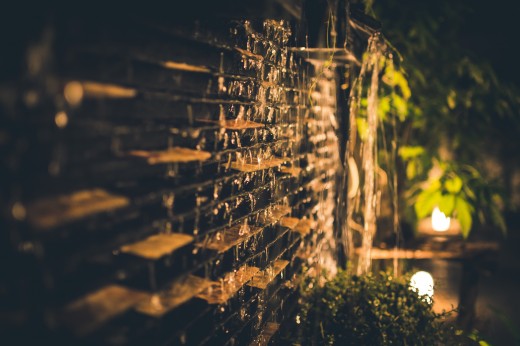
A Final Word About Cost
A discount isn't always a good thing. While you can find great deals on good lighting, you have to be careful out there. Cheaper is not always better. Look for something made by a reputable brand, and try to find products that offer some kind of guarantee or warranty. If you're willing to invest a little more into your landscape lighting, it's more likely you'll end up with a better product that's going to endure years of weathering. There's nothing wrong with purchasing an inexpensive lighting set for a quick & cheap upgrade, but don't expect the really lower end sets to last too many seasons.
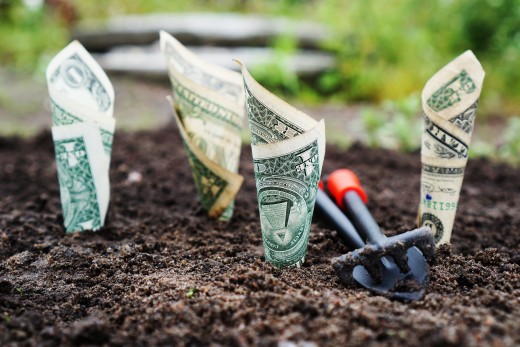
© 2009 Arby Bourne


